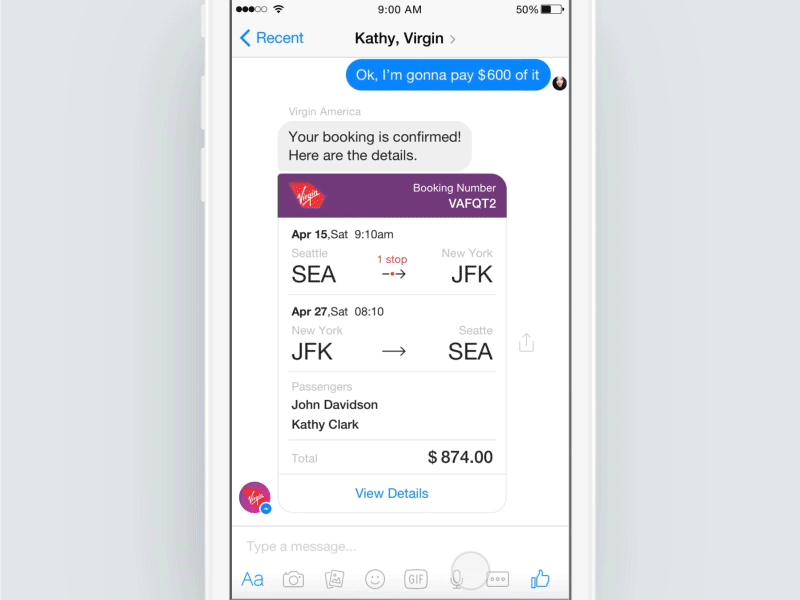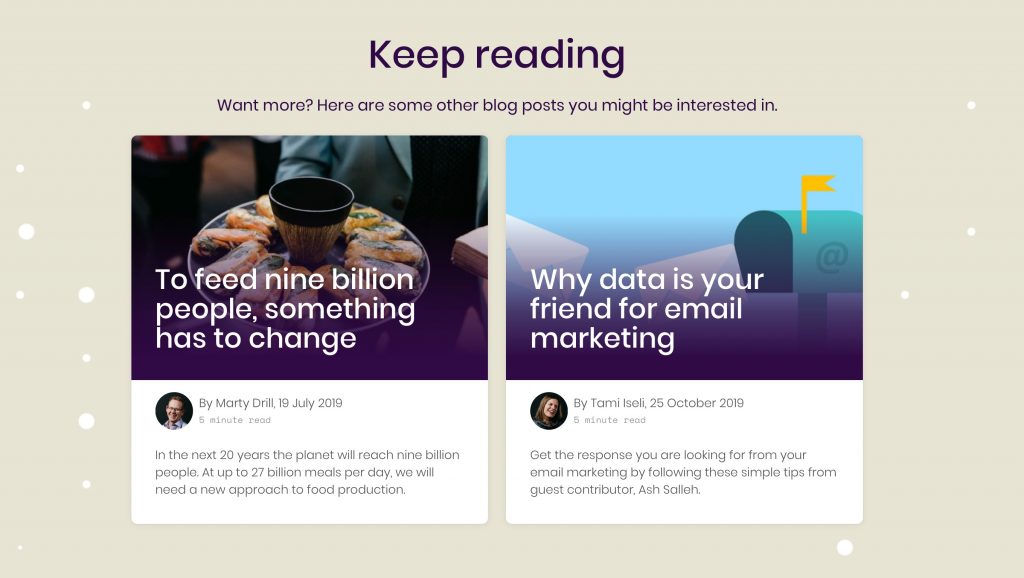I, for one, welcome our UX overlords
People are becoming accustomed to user interfaces that reduce friction in the user journey. They expect websites to be intuitive and free from any unnecessary barriers.
Ideally, the site’s interface will remember every visit and use that information to customise the user experience. Minimal text is key. Content should be short but compelling – where possible using illustrations, diagrams or photos, rather than lengthy chunks of text, to convey information.
Never ask your users the same question twice

This form on the Superhost website remembers previously entered information associated with a user’s account so that the user can get on with filling out the more nuanced details about their home.
Think about what you already know about users, at each point of their journey though your brand. Are you asking for things that you already know, or can get elsewhere?
Show don’t tell
Water recycling could be are really dry topic, but this interactive one-pager from VCS Denmark showcases new technologies for more efficient ways to handle drinking water and wastewater. Rather than a technical slideshow, they’ve opted to go with a isometric map, that shows an interconnected water system. Inferring that all the technologies are connected.
Smarter search

Search-as-a-service solutions like Algolia and Azure Search have improved the search experience significantly. At the same time, natural language processing services like Azure Language Understanding and IBM Watson allow for cognitive searching via a conversational interface, allowing a chatbot experience to guide people to the content they are looking for.
Here we’re seeing instant results really fast with Algolia. And while this visual interface is great, our prediction for 2019 is that we’ll be seeing more voice based search utilities using the same technology. The voice command “Search for Samsung Cell phones and accessories” replacing all those mouse clicks.

Natural language search and chatbots arrived a few years ago, and will only become more common moving forward. When thinking about where to use these kinds of interfaces It’s important to know your audience and where they are within your brand journey.
Used in the wrong context, they’ll be considered a gimmick and time wasting (for instance, imagine trying to navigate a chat based UI while cooking). So consider your users context if your thinking about implementing these.
Automated personalisation
Personalisation is a bit like a new toy at Christmas. It’s on everyone’s wish list, it looks all shiny out of the box, and it’s fun to tinker with – but after a while, it gets relegated to the bottom of the toy box. Why? Because it’s great in theory, but the reality is that to do personalisation well can take up a lot of time and effort.
CMS providers have been aware of this problem for some time and the solutions are now available to deliver automated personalisation. Underpinned by Artificial Intelligence (AI), these systems are increasingly being used to strengthen customer engagement by offering features like hyper-relevant content or product suggestions.

Wrapping up
What we’re likely to see in design and UX this year is a shift away from static experiences – through features like animation, video and micro interactions. Online experiences are becoming far more immersive for the user, and simpler user interfaces are reducing friction in the user journey.
The brands that jump on these trends quickly will still be able to capture some degree of early-mover advantage, but pretty soon all of these things will become expected benchmarks (and you’ll have to wait for the 2010 update of this blog to get ahead of the curve again!).
In the meantime, here’s a bite-sized summary:
Be bold
From contrasting colour schemes to grid-breaking layouts, digital design is becoming more adventurous. Don’t be scared to stand out from the crowd.
Be detailed
Users will soon expect purposeful animation that enhances both the content of the interface and the experience.
Be smart
Reduce any barriers your users encounter, improve their search experience, and (machine) learn from their time on your site.